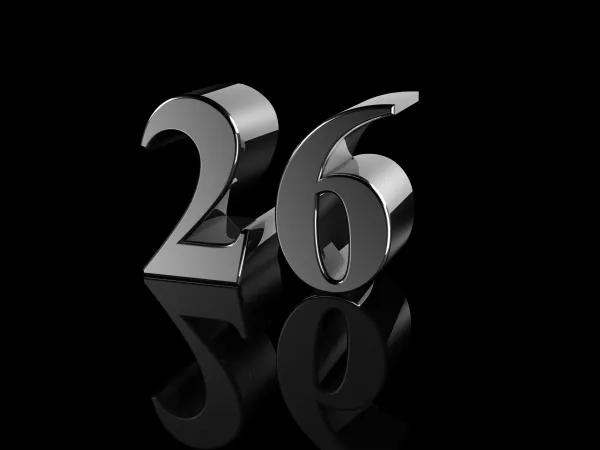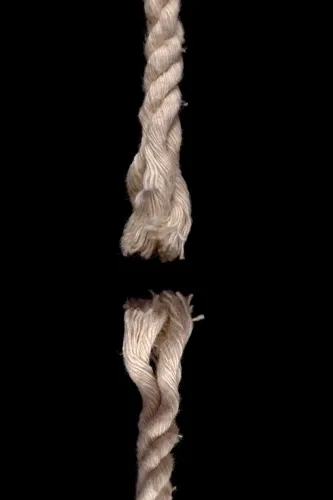Outline Myringoplasty, Tympanic Membrane Repair Codes With 4 Examples

See how a harvested tissue graft plays a key role. Outpatient facilities performing surgeries on the tympanic membrane should be all too familiar with both myringoplasties and tympanic membrane repair procedures. In fact, it’s easy to fall for the assumption that these two surgeries are one in the same. While they may share numerous overlapping features, there are multiple variables at play that will determine which CPT® code to report. Have a look at a few examples and corresponding pointers to take your middle-ear repair coding to the next level. Pinpoint Similarities, Differences Between 69610, 69620 The purpose of this article is to break the following two CPT® codes down to their bare bones: First, let’s analyze the underlying characteristics surrounding codes 69610 and 69620. To begin, the surgeon is performing both for the same underlying purpose — to repair a defect of the eardrum. However, the means in which the surgeon repairs this defect will determine how you code a given surgical report. “The underlying reason for performing 69610 and 69620 is to repair the tympanic membrane,” says Ronda Tews, CPC, CHC, CCS-P, AAPC Fellow, director of billing and coding compliance at Modernizing Medicine in Boca Raton, Florida. Tews goes on to explain that the extent of work involved in each code is what sets the two apart. “In addition to the steps included in 69610, 69620 also includes dissolvable packing and a fat graft plug or a piece of fascia being placed medial to the ear drum over the packing. A tympanomeatal flap may be raised and any incisions are sutured a dressing is applied. You should also note that, when performed, the harvesting of a donor graft is included in the code and not reported separately,” explains Tews. CPT® Assistant (April 2015; Volume 25: Issue 4) offers some additional feedback on how you should go about distinguishing between services: Coder’s note: In most clinical scenarios involving code 69610, you’ll see documentation of either a paper patch or Gelfoam® to repair the perforation. However, keep in mind that some surgical techniques involve the use of both Gelfoam® and harvested graft tissue (see example 4). To further elaborate on these surgeries, have a look at a few operative reports to see if you can pinpoint when and where to report each respective code. Code 4 Examples to Drive the Point Home Example 1: The surgeon performs a right tympanoplasty with a stapes mobilization. Next, the surgeon performs a left Gelfoam® myringoplasty/repair of tympanic membrane perforation. Here, you’ve got a straightforward surgical scenario involving a tympanoplasty on the right ear and a myringoplasty on the left ear. As you can see, the myringoplasty does not involve the use of fat harvested tissue to repair the perforation. You’ll report 69631 (Tympanoplasty without mastoidectomy (including canalplasty, atticotomy and/or middle ear surgery), initial or revision; without ossicular chain reconstruction) with modifier RT (Right Side) for the tympanoplasty and 69610 with modifier LT (Left Side) for the myringoplasty. You’ll notice that a National Correct Coding Initiative (NCCI) edit reveals a modifier “1” indicator between 69631 and 69610. However, the laterality modifiers are all you need to override the bundling edit. An additional overriding modifier, such as modifier 59 (Distinct Procedural Service), should not be necessary. Example 2: The surgeon documents 40 percent anterior inferior perforation of the tympanic membrane of the right ear. The epithelium is removed. The surgeon then excoriates the lateral aspect of the tympanic remnant. She places Gelfoam® lateral to the perforation with good contact. This surgical encounter qualifies as 69610 with modifier RT. You’ve got documentation of a routine tympanic membrane repair using Gelfoam®. Furthermore, the surgeon does not document any use of a harvested tissue graft. Example 3: The surgeon gently rotates out the left ear tube of the tympanic membrane from the ear canal. He then abrades the undersurface of the perforation with a tab knife. The surgeon then places a sterile paper patch upon the tympanic membrane. Here, you’ve got another tympanic membrane repair with the use of a paper patch instead of Gelfoam®. You will report 69610 with modifier LT since the surgeon does not document the use of harvested tissue graft. Example 4: The surgeon gently debrides the margins of the right ear perforation with a Rosen needle. Following this, she places Gelfoam® pledgets in the middle-ear space to prevent the fat graft from falling medially. Next, she incises the inferior portion of the earlobe and a fat graft was harvested. She closes the wound with a running suture of 6-0 mild chromic. She uses the fat graft to plug the hole in the tympanic membrane in a dumbbell shape fashion. Finally, the surgeon places Gelfoam® pledgets around the perforation to hold the fat graft securely in place. In this example, you do not want to get thrown off by the surgeon’s use of Gelfoam® to secure the fat graft in place. In some instances, the surgeon may use Gelfoam®, or a paper patch, in addition to a harvested fat graft as a means of further securing the repair. Furthermore, you should not consider reporting both 69610 and 69620 because the surgeon relies on a patching technique alongside the placement of the fat graft. An NCCI edits check reveals a modifier indicator of “1” when pairing these codes. With 69610 being the column 2 code, the only instance in which you should use an overriding modifier to separately report 69610 alongside 69620 is when the surgeon performs each service on contralateral ears. When appropriate, you may use modifiers LT and RT to override the NCCI edit. In this example, you will report 69620 with modifier RT.




